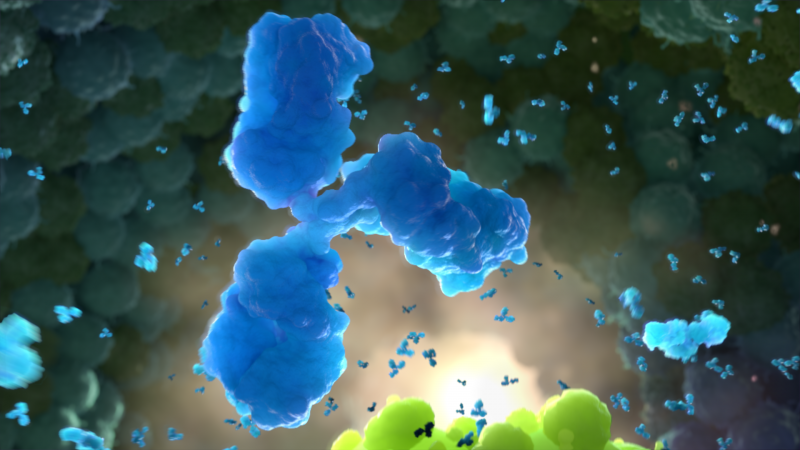Animation Expedition #9 – Antigenic Shift and Drift: How Does Influenza Adapt?

Imagine what you’d see if you could speed up time. The sun would race across the sky. Night and day would flicker on and off. We can do something like this with time-lapse photography. A camera is set up to take a series of photos over time. When the photos are put together, they form a movie that compresses hours or days into a matter of seconds. In this animation, we learn how Dr. Maurice Hilleman cleverly used this idea to discover how influenza virus changes over time so it can continue to infect people and animals. Today, scientists study changes to genes to learn more about many different viruses, bacteria and genetic-based diseases.
View the animation Antigenic Drift: How the Influenza Virus Adapts
Influenza virus is like a chameleon. As it reproduces, its genes change slightly. Over time, these small changes accumulate, so that your immune system becomes less effective at protecting you from the virus. Antibodies now have trouble recognizing the changed virus. This is called antigenic drift. This happens so often that we typically need new versions of the influenza vaccine each year.
Influenza viruses can undergo a more dramatic, and sometimes more deadly, change. This happens when two kinds of influenza virus infect the same cell and share their genes to make a new version of influenza. As shown in the animation, pigs are a great vessel for enabling this. Both human and bird influenza viruses can attach to and enter the lung cells of a pig. During replication, both versions of influenza virus release their genetic material into the pig cell. Then, the genes from the different viruses can “mix” creating new versions of influenza virus. Because the genes in the resulting virus are dramatically different, this is called antigenic shift.
Antigenic shift is more concerning than antigenic drift. Antigenic shift can produce a version of influenza virus that no person’s immune system has antibodies to protect against. This is when an influenza pandemic can occur. Virtually everyone in the world is susceptible to the new virus. Fortunately, most of the novel viruses that are produced during this process do not lead to pandemics. Why is that?
In order for a new influenza virus to cause a pandemic, a lot of things must fall into place. Luckily for humans, this does not happen very often. First, influenza viruses from both birds and people must co-infect a pig. This typically only happens on small farms where pigs, birds and people are in close contact, such as in Asia where crowded conditions are more likely. Additionally, the bird and human influenza viruses must contain a gene or genes for hemagglutinin or neuraminidase surface proteins to which virtually no one is immune. Lastly, the new virus must be introduced into people and be able to replicate in the nose and throat. This makes it easier to spread from person to person. If the new influenza virus can only replicate in the lungs, it is not as likely to spread.
The good news is that these requirements are met in nature quite infrequently. This is why since the turn of the 20th Century, pandemics have only occurred in 1918, 1957, 1968 and most recently, in 2009.
Check Your Understanding Questions:
- Describe the genetic difference between antigenic drift and antigenic shift.
- What 3 species are involved in the creation of a new influenza virus that could cause a pandemic?
- Name 3 factors that must occur to cause a pandemic.
Answers:
- Antigenic drift involves the accumulation of a series of minor genetic mutations. Antigenic shift involves “mixing” of genes from influenza viruses from different species.
- Pigs, birds, and humans
- A pig must be co-infected with human and bird influenza viruses (typically only occurs on small farms in crowded conditions; at least one of the viruses has to have a gene for the hemagglutinin or neuraminidase surface protein to which people are not immune; and the new virus must be able to reproduce in the nose and throat of people.
This is the ninth in a series of postings highlighting our Vaccine Makers Project animations.

